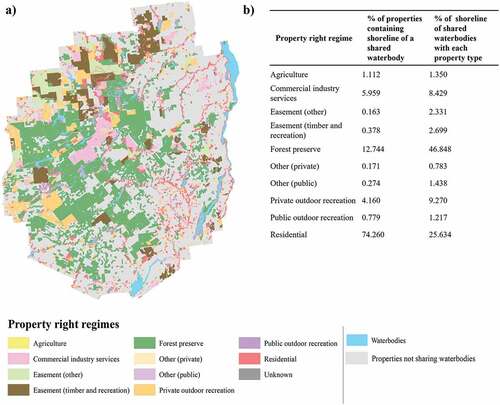Figures & data
Figure 1. Conceptual framework demonstrating how various property rights influence the flow and management of ecosystem services. Right bundles combine to form property right regimes. The flow of ecosystem service from a property to beneficiaries is determined by the set of rights they hold (blue arrows). Populations enact governance mechanisms to set property rights via policy (e.g. zoning) that determine the rights and duties of property owners or managers (yellow arrows). This paper primarily focuses on how rights affect different populations’ ability to obtain ecosystem services groups (blue arrows).
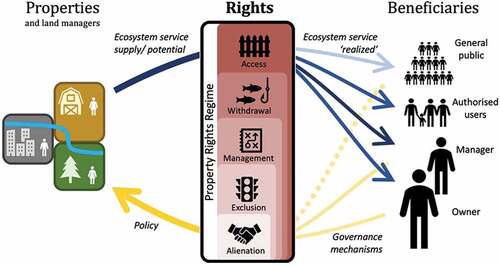
Figure 2. Location of the Adirondack Park in New York State, USA. The park contains a variety of natural resources and is an important landscape for the provisioning of multiple ecosystem services. Land cover data sourced from USGS (Citation2019).

Table 1. Spatial attributes collected for each property within the Adirondack Park, and how they were classified. Further information on how these attributes were classified, including look up tables, can be found in the supplementary material
Table 2. Information coded from the literature to determine, for each property rights regime, which of the five property rights each beneficiary (owner, manager, authorised user, and general public) have for each ecosystem service
Figure 3. Property rights allocated to each beneficiary for each ecosystem service, on each property rights regime within the Adirondack Park. Green indicates that the beneficiary can exercise that right freely. Yellow indicates that a beneficiary has that right but there are some restrictions attached to it. Red indicates a beneficiary does not have that property right. Property rights regimes in bold denote publicly owned properties (easements are regarded as privately owned here, but are often regarded as a hybrid between public and privately owned). Further descriptions for each of these rights are provided in Tables S5-7 in the Supplementary material. Note that two property rights regimes (‘Other (private)’ and ‘Other (Public)’) were not included in this analysis due to lack of data.
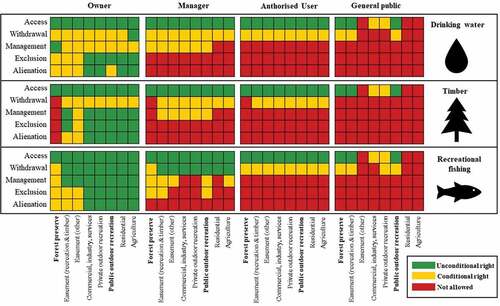
Figure 4. The property rights regime categories for the Adirondack Park, showing (a) the location of each property rights regime, and (b) the proportion of area and total properties within the Adirondack Park within each property rights regime category.
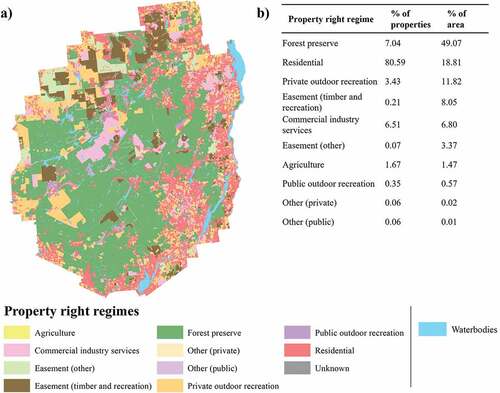
Figure 5. The location of properties where each beneficiary group have the right to withdrawal each ecosystem service within the Adirondack Park based on the property rights regimes in place, and the estimate number of people who can benefit from each services on each land parcels, based on the estimate number of people within each beneficiary group. The estimate of beneficiaries calculated for drinking water and timber do not include the number of authorised users.
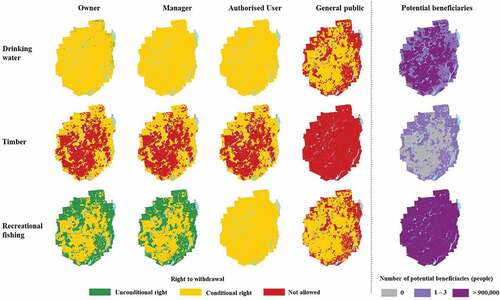
Figure 6. The property types that contain shoreline of waterbodies that are shared by multiple properties showing (a) the location of each property type, and (b) the proportion of each shared water resource’s border that has a common border with each property type.
